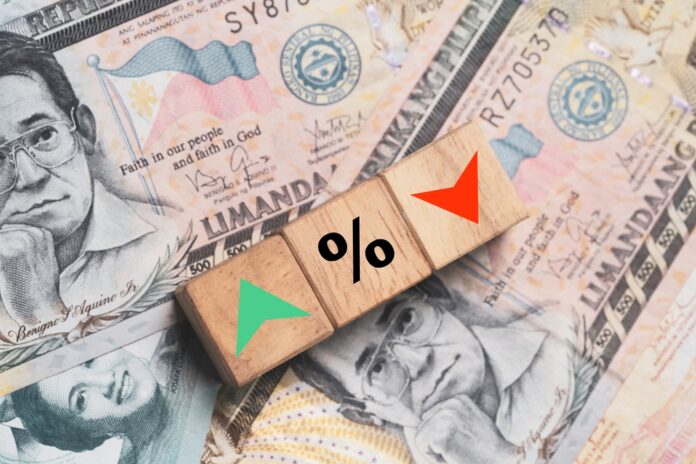Inflation nudged higher in May to 3.9 percent, lower than most analysts’ forecasts averaging 4 percent, versus only 3.8 percent in April, the Philippine Statistics Authority said on Wednesday.
This was the highest reading since December last year and the result of higher prices of housing and utilities as well as by transport.
According to the PSA, the housing and utilities component rose to 0.9 percent from 0.4 percent while transport accelerated to 3.5 percent from only 2.6 percent.
Economic Planning Undersecretary and National Statistician Claire Dennis Mapa said the slower increases in food prices, including rice, fish, flour, fruits and milk, have tempered the rise in May’s headline inflation, which is still the fastest clip this year and matched the 3.9 percent rate in December.
Mapa said the decision of the government to slash duties on imported rice to 15 percent from 35 percent could reduce rice prices by P6 to P7 a kilo, all things being equal. He said that substantial reduction could have significant impact on inflation since rice contributed in May 1.7 percentage points to the 3.9 percent headline inflation and 3.7 percentage points to the 5.3 percent inflation for the bottom 30 percent income households.
The May readings have proven just off the low end of the forecast by the Bangko Sentral ng Pilipinas averaging only 3.7 percent.
The readings also brought the five-month average to 3.5 percent and thus far consistent with the official view that the rate at which the price of services and goods change average no more than 4 percent this year.
The PSA said that core inflation, which excludes volatile food and oil prices from the consumer price index, nudged lower to 3.1 percent in May from 3.2 percent in April.
Food and non-alcoholic beverage prices that contributed the most to inflation in earlier price surveys, nudged lower to 5.8 percent in May from 6 percent in April.
Cost increases in such items as clothing and footwear, recreation and culture, health, restaurants and hotels as well as miscellaneous goods and services proved softer in May than in April, the PSA said.







